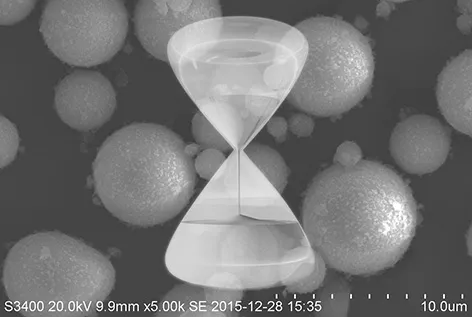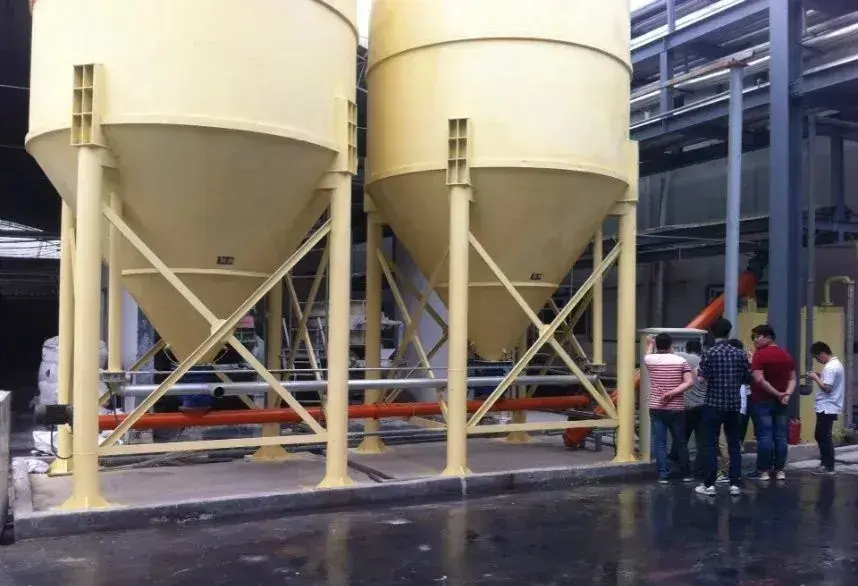High-purity ultrafine alumina powder generally refers to alumina powders with a purity of 4N (99.99%) or above and particle diameters (D50) ≤ 1.0 μm.
After alumina powders are refined to the ultrafine scale, their surface electronic structure and crystal structure change significantly. This results in surface effects, size effects, quantum effects, and macroscopic quantum tunneling effects that bulk materials do not possess. Consequently, ultrafine alumina exhibits excellent properties such as high strength, high hardness, wear resistance, corrosion resistance, high temperature resistance, oxidation resistance, good insulation, and large surface area. At present, it has been widely applied in bioceramics, precision ceramics, chemical catalysts, rare-earth trichromatic phosphors, integrated circuit chips, and aerospace optical devices.
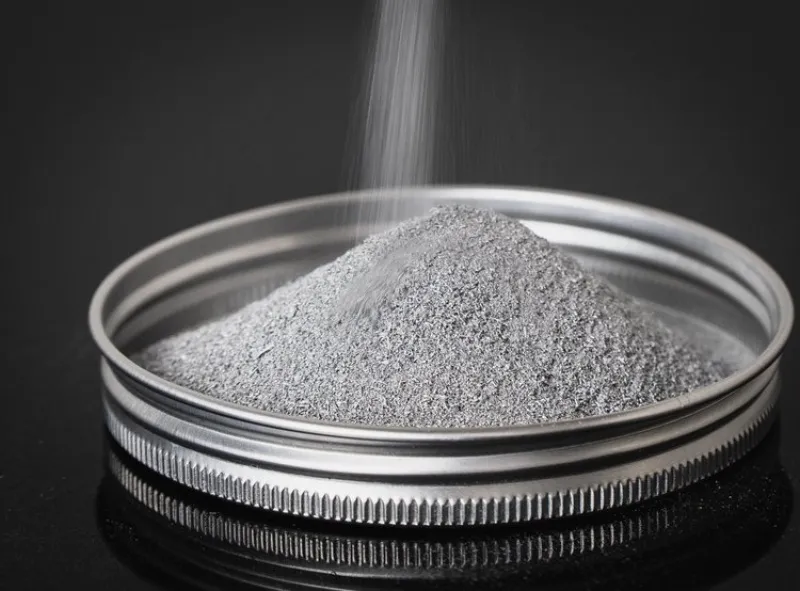
Preparation Technologies of High-Purity Ultrafine Alumina Powder
Currently, the main preparation methods include gas-phase methods, liquid-phase methods, and solid-phase methods, among which liquid-phase methods are the most commonly used.
Gas-Phase Method
Chemical Vapor Deposition (CVD) is a commonly used gas-phase method for preparing nano-alumina powders. In this process, aluminum chloride reacts with water vapor in a reaction chamber to produce alumina nanoparticles.
Common CVD approaches include flame CVD and laser pyrolysis CVD. Their advantages are that by controlling the type and concentration of reaction gases, agglomeration of ultrafine alumina powders can be effectively reduced. The prepared powders feature small particle size, large specific surface area, and high purity (up to 99.6%), with heavy metal contents below conventional detection limits. However, disadvantages include low yield and difficulties in powder collection.
Liquid-Phase Method
In the liquid-phase method, aluminum salts are dissolved in a solvent. Through evaporation, sublimation, precipitation, or hydrolysis, solute and solvent are separated. This produces precursor particles of Al₂O₃ powders. After heating and decomposition, α-Al₂O₃ powders are obtained.
Typically, aluminum exists in ionic form in solution. Aluminum salts such as aluminum sulfate, sec-butoxide aluminum, or sodium aluminate can be dissolved in water. They can also be dissolved in organic solvents such as chloroform, ethanol, or toluene. Precipitation agents such as ammonium carbonate, sodium hydroxide, urea, or sulfuric acid may then be used. These deposit aluminum ions as covalent oxides. After precipitation, the product is washed, dried, and calcined at high temperatures. The result is alumina with the desired crystalline form.
This method inevitably involves calcination of precursors. This often leads to particle agglomeration. Therefore, the powders typically require milling to remove agglomerates.
Currently, industrial production of high-purity alumina mainly employs spray pyrolysis, alkoxide hydrolysis, modified Bayer process, sol-gel methods, and alcohol-aluminum methods.
Solid-Phase Method
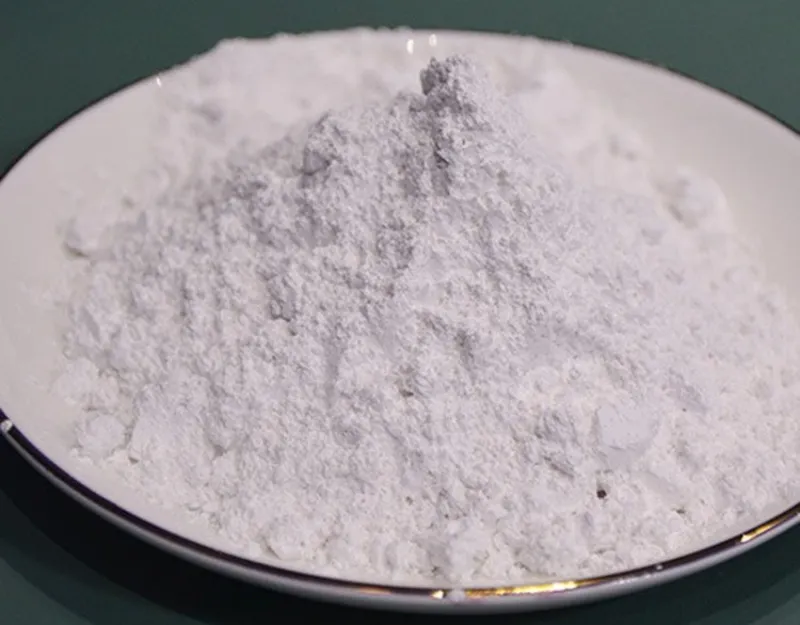
The solid-phase method involves mixing two or more powders and reacting them at certain temperatures and atmospheres. Nano-alumina powders are directly produced.
Advantages: Simple process, high yield, short cycle time. It does not require drying steps, thus avoiding hydroxyl dehydration-induced agglomeration.
Disadvantages: Typically requires high temperatures. Energy consumption is high, efficiency is low, and contamination risks exist. Particle size distribution is broad, and deformation due to oxidation may occur. It is difficult to obtain high-purity α-Al₂O₃ powders with fine particle sizes.
Solid-phase methods include mechanical milling and detonation methods.
Aluminum combustion method is the most classic example. It produces powders with particle sizes < 20 nm. However, it involves complex equipment, safety risks, and challenges in powder collection.
Mechanical milling directly pulverizes raw materials into ultrafine powders. High-energy ball mills, planetary mills, tower mills, or jet mills are used. High-energy ball milling is the most common method. Alumina powders are milled in water or alcohol. High-energy impacts break down particles into ultrafine powders. The process is simple and easy to operate. However, contamination from grinding media can reduce powder purity. Particle size distribution and morphology are often unsatisfactory.
Detonation method: Combustion occurs in a constant-volume chamber. This generates large amounts of gas and high pressure. It raises the phase transition temperature and promotes metastable alumina phase formation. However, it requires complex equipment, precise process control, and is costly with low yields.
Advanced Application Fields of Ultrafine Alumina Powder
Ceramic and Composite Materials
Adding ultrafine alumina to conventional ceramics improves toughness and reduces sintering temperature. Due to its superplasticity, it overcomes the limitations of low-temperature plastic ceramics. Thus, it is widely used.
Ultrafine alumina can also be used to synthesize advanced composite ceramics and aluminum alloy composites. For example, SiC-Al₂O₃ composites show remarkable improvements. Flexural strength increases from 300–400 MPa (for monolithic SiC ceramics) to 1 GPa. Fracture toughness improves by over 40%.
It can also serve as a dispersive strengthening additive. For instance, in cast iron, ultrafine alumina acts as a nucleating agent. Wear resistance improves several times over.
Surface Protective Coatings
New transparent coatings composed of ultrafine alumina nanoparticles can be applied to surfaces of metals, ceramics, plastics, and cemented carbides. They improve hardness, corrosion resistance, and wear resistance. They also provide anti-fouling, dust-proof, and waterproof properties.
Applications include protective coatings for machinery, tools, and chemical pipelines. Ceramic-coated cutting tools with ultrafine alumina coatings combine the toughness of cemented carbides with the wear resistance of ceramics. Tool life is extended by several to dozens of times. Machining efficiency is greatly improved.
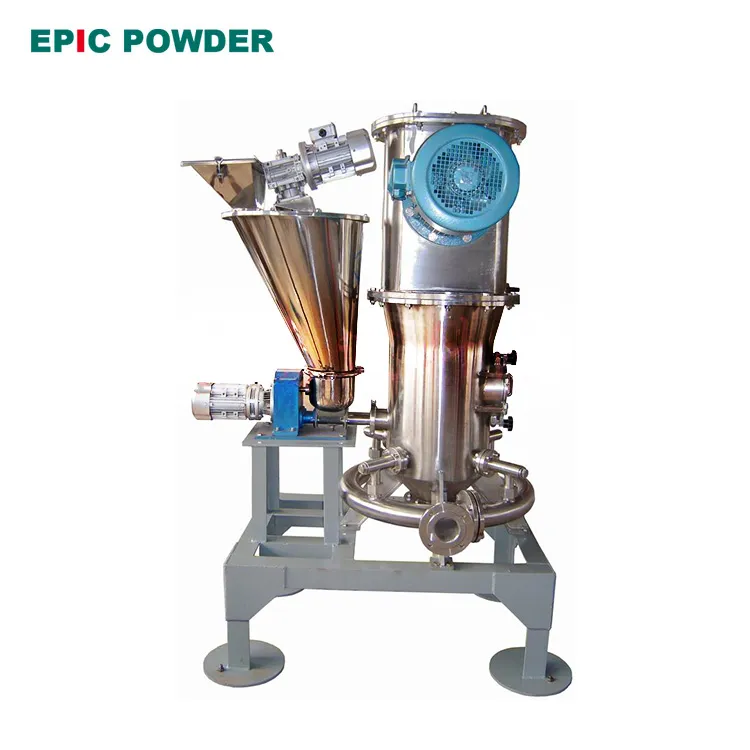
Catalysts and Catalyst Supports
Ultrafine alumina powder has high pore volume and large surface area (60–400 m²/g). They also feature many surface defect sites due to incomplete atomic coordination. As particle size decreases, surface roughness increases. Catalytic activity is enhanced.
Thus, ultrafine alumina is an ideal catalyst or catalyst support. For example, Co-Mo catalysts supported on ultrafine alumina show higher hydrodesulfurization (HDS) activity than those supported on conventional alumina.
γ-Al₂O₃ is the main form used as a catalyst support. It is widely applied in automotive exhaust purification, catalytic combustion, hydrodesulfurization, petroleum refining, and polymer synthesis.
Biomedical Applications
Ultrafine alumina bioceramics are corrosion-resistant in physiological environments. They also exhibit excellent structural compatibility. Porous ceramics allow tissue ingrowth. This ensures strong integration with biological tissues.
With properties such as high strength, low friction, and low wear rate, ultrafine alumina has been widely used in clinical applications. Applications include artificial bones, joint replacements, dental implants, fracture plates, and fixation devices. They have also been applied in alveolar ridge augmentation, maxillofacial reconstruction, and cosmetic reconstruction.
Current research is exploring uses in artificial tracheas, soft tissue substitutes, and bio-ceramics simulating biological functions for artificial intelligence applications.
Semiconductor Materials
Ultrafine alumina powders have very large surface areas and are sensitive to moisture. Changes in environmental temperature and humidity quickly alter their surface ion states and electronic conductivity.
Within 30–80% humidity, ultrafine alumina exhibits a linear change in AC impedance. It shows high sensitivity, fast response, long service life, and resistance to interference. This makes it an ideal material for humidity sensors and hygrometers.
Additionally, ultrafine alumina powder is widely used as a substrate material. It offers electrical insulation, chemical durability, heat resistance, radiation resistance, and high dielectric constant. It also provides surface uniformity and low cost. It is essential in semiconductors, microelectronics, and information industries.
Optical Materials
Nano-alumina can absorb ultraviolet (UV) light. It emits wavelength-dependent fluorescence under excitation. It is used as a protective coating for fluorescent layers in compact fluorescent lamps (CFLs). This extends lamp life.
It can also be combined with rare-earth phosphors to produce new luminescent materials for lighting. In addition, ultrafine γ-Al₂O₃ powders reduce lamp degradation and improve production yield.
Furthermore, polymer-coated alumina nanoparticles can be safely incorporated into sunscreens and cosmetics. They act as effective UV absorbers.
Epic Powder
Epic Powder, 20+ years of work experience in the ultrafine powder industry. Actively promote the future development of ultra-fine powder, focusing on crushing, grinding, classifying and modification process of ultra-fine powder. Contact us for a free consultation and customized solutions! Our expert team is dedicated to providing high-quality products and services to maximize the value of your powder processing. Epic Powder—Your Trusted Powder Processing Expert !
